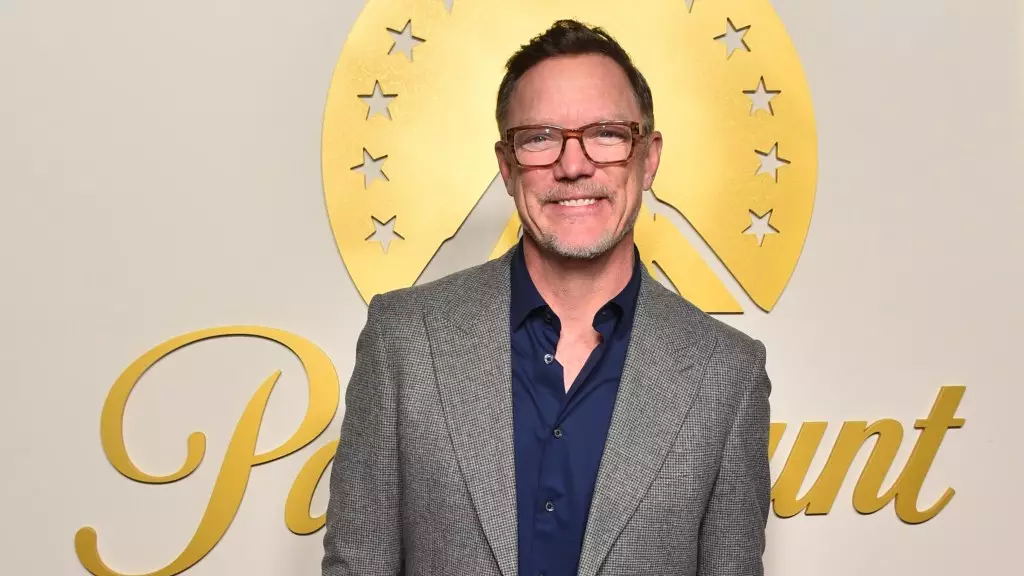The anticipation swirling around the next installment of the Scream franchise has reached fever pitch, especially with the potential return of Matthew Lillard, whose portrayal of the charmingly sinister Stu Macher left an indelible mark on horror cinema. Lillard’s emotional revelation at a recent panel about returning to Woodsboro is both a reflection of his reverence for the original film and an acknowledgment of the immense pressure that comes with reigniting a legacy so deeply cherished by fans. It’s a delicate tightrope to walk, as Lillard fears that his return might inadvertently tarnish the impact of a film that redefined the slasher genre.
High Stakes and Hard Questions
While Lillard’s nerves are evident, they speak to a broader dialogue about legacy and nostalgia in Hollywood. The concern about “ruining” what came before is a sentiment echoed by many artists as franchises continually reboot and recycle characters. Lillard candidly expressed the anxiety of artists who have become part of a cultural phenomenon—understanding that what seems like a harmless re-entry could resonate negatively with an audience expecting authenticity and innovation. The looming question: At what point does nostalgia morph into exploitation?
Our Collective Connection to Horror
Scream is not just a run-of-the-mill horror flick; it is a cultural touchstone for many who grew up in the 90s. Its clever meta-commentary on horror tropes combined with genuine scares makes it a staple that transcends generations. As Lillard returns to this world, the stakes are incredibly high—not just for him but for the very fabric of the community that has celebrated these tales of terror. The fear he articulates speaks directly to the fragile relationship between creators and their audiences; an artist grappling with the weight of their own contributions to a beloved franchise is indeed a powerful narrative.
The Role of Legacy in Modern Cinema
The phenomenon of legacy casting—involving the return of beloved characters—raises crucial conversations about the evolution of storytelling in cinema. As franchise after franchise digs up past heroes for another round of thrills, it begs the question: how can we honor the past while forging new paths? Lillard’s fears reveal a deeper truth: an unfiltered awareness that art is never truly finished, and what was once celebrated can be reinterpreted in ways that may not sit well with consumers. Is a sequel or reboot worth the risk of diminishing the original brand? Should artists shy away from diving back into their old roles, or is it courageous to embrace change?
Looking Forward to the Future
As excitement builds for Scream’s upcoming seventh entry, fans eagerly await Lillard’s potential resurgence in the horror universe. Will he breathe new life into a character once thought dead, or will his return lead to a catastrophic misstep? Regardless of the outcome, cinema lovers across the board should rally behind artists like Lillard, who approach their craft with a respectful balance of reverence and fear. In the end, the act of revisiting our past legacies—warts and all—sets the stage for a vibrant, albeit terrifying, future in horror.


Leave a Reply